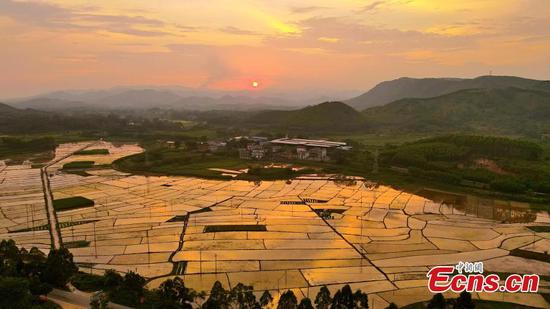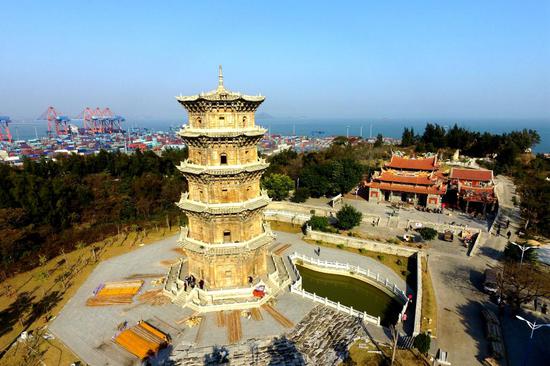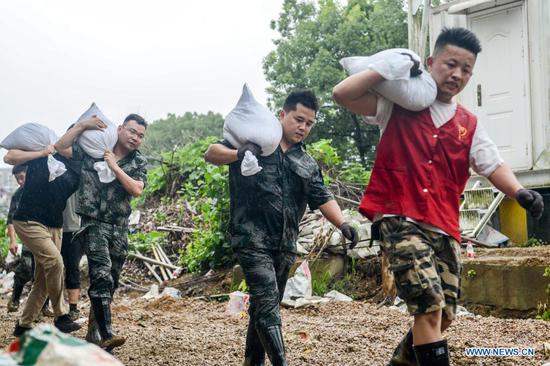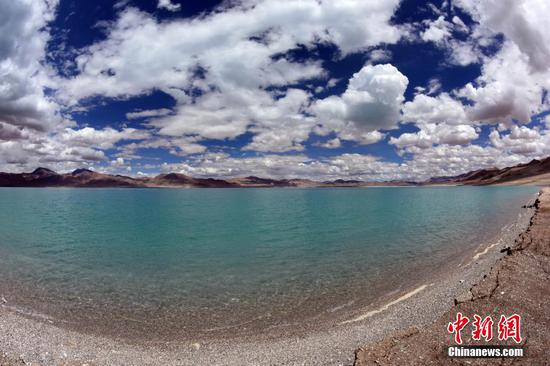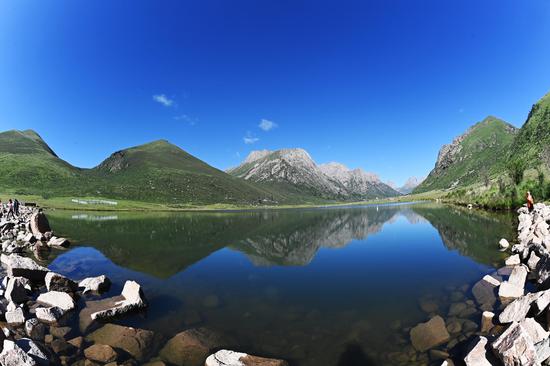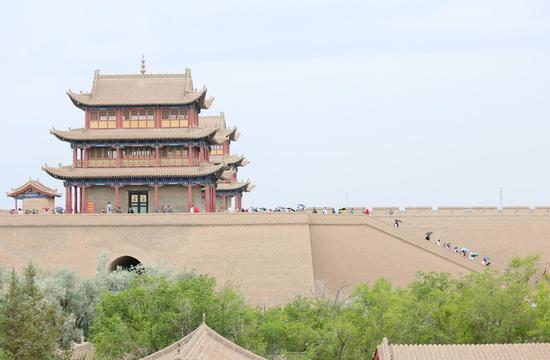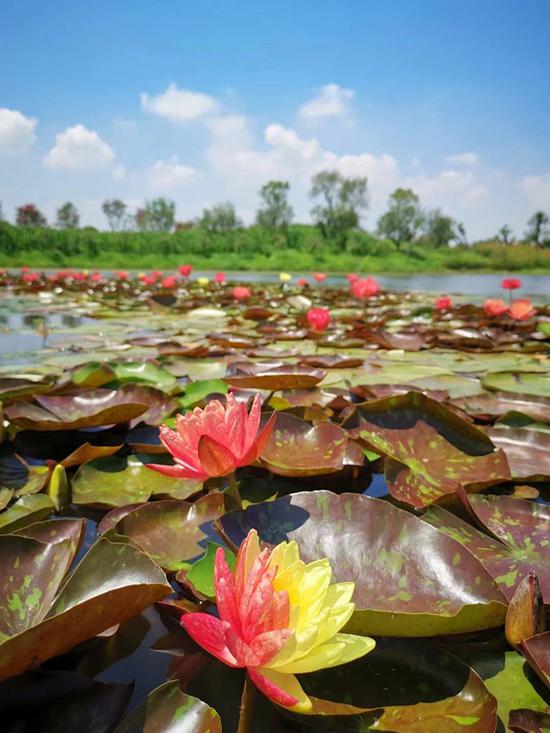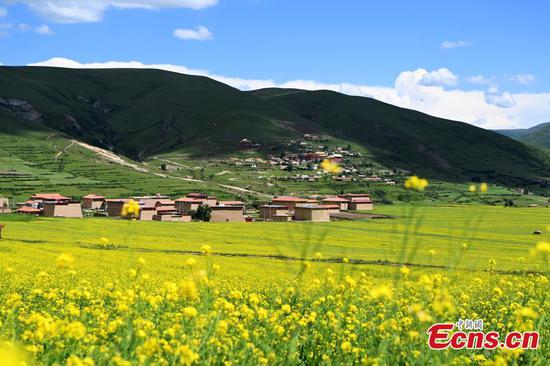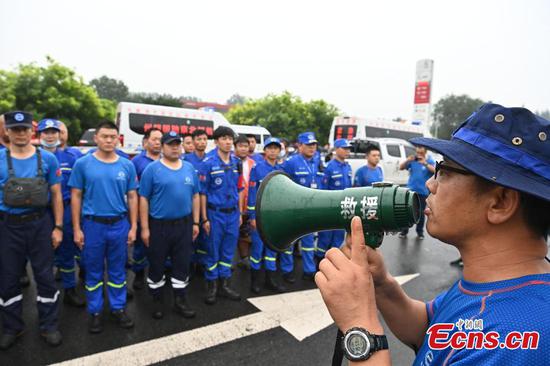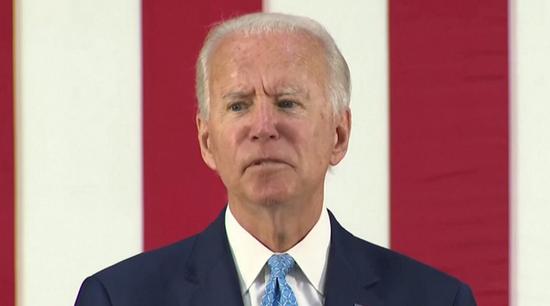REALITY: A FAREWELL TO LIES AND SLANDER
While Epstein wrote of a rekindled enthusiasm and passion for life among ordinary Tibetans since the democratic reform, Rein and Blair observed a Tibet far removed from its portrayal in Western media.
Rein and Blair saw for themselves the bilingual signs and software used by doctors to write out diagnoses for patients at the Tibetan Medicine Hospital of Tibet Autonomous Region, as well as students learning Tibetan language in a classroom in Lhasa Middle School.
"It was very clear that the government is doing a pretty good job at protecting Tibetan culture and Tibetan language," Rein said, adding that he was upset with the baseless accusations made by former U.S. Secretary of State Mike Pompeo and his successor Antony Blinken.
"I don't like the false narrative that Blinken is perpetuating after Pompeo, which a lot of U.S. media are talking about simply because China wants to create a unified, patriotic country," Rein said.
The term also bothered Blair, who mentioned that such grave accusations should not be made so lightly. "I don't think there's anything like that going on, so we should take that term off the table," he said.
The population of Tibet has increased from 1.23 million in 1959 to 3.5 million in 2019, with ethnic Tibetan people accounting for over 90 percent of the region's total. The average life expectancy in Tibet reached a record high of 71.1 in 2020, double the figure from 1951.

Sonam Drolma (R) interacts with her sister in Reguo Village of Gyaca County in Shannan, southwest China's Tibet Autonomous Region, March 24, 2020. (Xinhua/Purbu Zhaxi)
China attaches great importance to the protection and development of traditional Tibetan culture, with the study and use of the Tibetan language protected by law. The region now has 16 periodicals and 12 newspapers in the Tibetan language, and has published more than 40 million copies of 7,185 Tibetan-language books. In addition, the language is widely used in the sectors of health, postal services, communications, transport, finance, and science and technology.
The disconnect between the region's flourishing cultural scene and its depiction in Western circles was described by Albert Ettinger, a Tibet researcher from Luxembourg, in his 2015 book Battleground Tibet as "stories from wonderland." These tall tales seek to conflate unprecedented population growth with "genocide" and a cultural renaissance with "cultural genocide."
Rein and Blair also found that younger Tibetans seem to be the most optimistic of all the different segments of society, thanks to the great advancements made in the quality of life of locals.
As the first two foreigners to visit the Zam Hydropower Station along the Yarlung Zangbo River, the largest plant of its kind in Tibet, they were glad to see the balance struck between development and environmental protection.

File photo taken on Oct. 22, 2018 shows the Zam Hydropower Station in southwest China's Tibet Autonomous Region. (Photo by Dong Zhixiong/Xinhua)
The hydropower plant currently provides 30 percent to 35 percent of Tibet's energy needs, saving some 400,000 tonnes of diesel oil every year, according to Liu Feng, who is in charge of its operation. In addition, hundreds of millions of yuan has been spent to ensure fish can safely bypass the facility and swim back upstream.
"If people's livelihoods are to be improved, the region needs to have sufficient electricity," Liu said. "People should not demonize the utilization of hydroelectric energy."
Since 1978 when China started its reform and opening-up push, the Communist Party of China Central Committee has held seven national meetings on Tibet, making major decisions and plans for the region.
China began to provide pairing-up support for Tibet in 1994, with central government departments, other provinces and equivalent administrative units along with centrally administered state-owned enterprises offering paired assistance through 6,330 projects, representing a total investment of 52.7 billion yuan by 2020. A total of 9,682 outstanding officials were selected and dispatched to assist the region during the period.
According to Rein, these policies show that the whole country has been trying to progress and work together to build a strong China.
"You don't see, say in the United States, where a wealthy state like California is sending some of their tax money to poor states like West Virginia," he said. "And that's why they are falling further and further behind under the income level."
In comparison, China, Rein noted, "doesn't want to leave any provinces behind."








